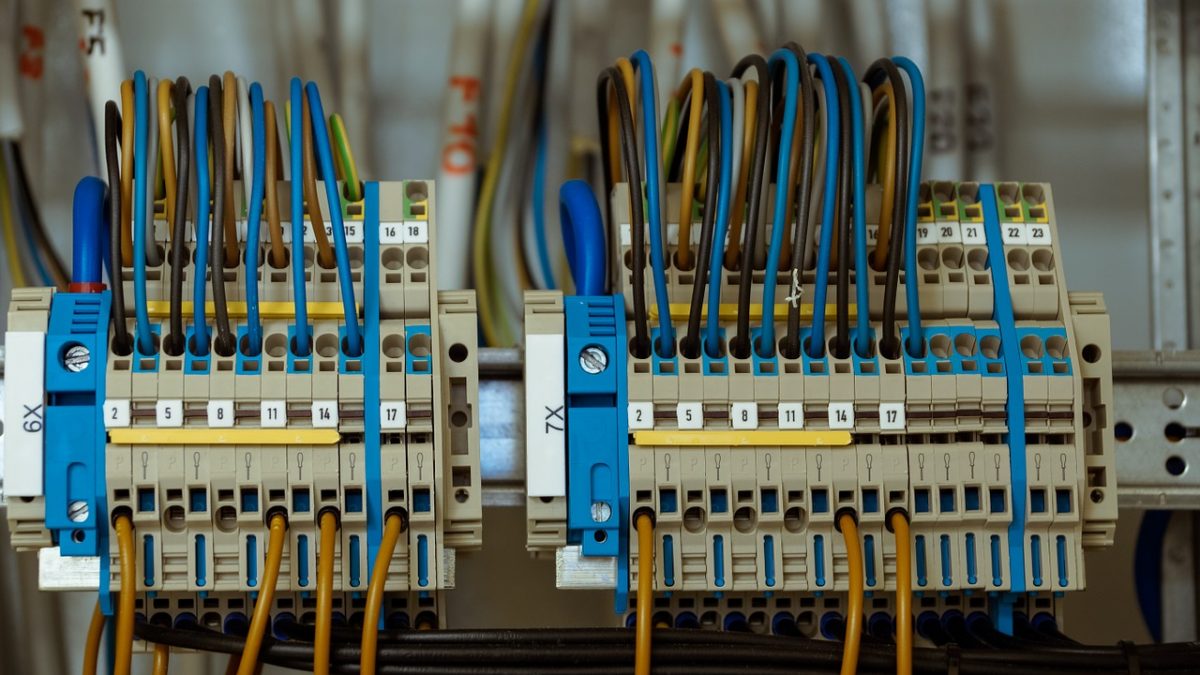The Pros and Cons of Cat5e Coating

When laying down your connectivity infrastructure, the choice between different networking cables stands out as a crucial decision. Since you cannot ignore the requirement, you have to select one of the available options at any cost.
This makes it critical for you to learn about the popular category or “Cat” system in connectivity cables. By choosing an option that is ideal for your needs, you can ensure to get the most out of your investment.
Given that the Cat5e cable is one of the most popular choices in this regard, it may often leave you wondering what it can do for your requirements. Click here to help you learn more about the cable and here are a few pros and cons of this option and its different coatings.
Pro: The Cat5e Cable is Affordable
One of the most glaring advantages of the Cat5e comes in the form of its accessibility. The cable doesn’t use expensive material, and its coating is typically made from polyethylene or low smoke zero halogen thermoplastic. Additionally, it does not require you to reach out to specialized vendors.
These qualities make the cable highly affordable for residential and commercial users alike. This is also a big reason why the cable has become so popular among various user segments.
Con: The Cable Taps Out at 1Gbps of Speed
No matter the coating, the Cat5e improves upon its predecessor Cat5 by offering 1Gbps speed against the previous 100Mbps speed.
The improvement in speed comes at the same 100 MHz bandwidth. With that, it doesn’t go past this speed limit.
This puts it behind other increasingly popular options, such as the Cat6a, which offers 10Gbps speed up to 328 feet against a 500 MHz bandwidth.
Pro: Its Standards Are Up to Par With Many ISPs
While the speed offered by Cat5e cable might seem slow as compared to Cat6 and Cat6a, it is not insufficient in any regard. Both Cat6 and Cat6a cables can’t offer more than 1Gbps past their 165 feet and 328 feet limit, respectively. As a result, many ISPs still deliver 1Gbps speed from the get-go.
This makes the Cat5e up to par with many standards. If your ISP doesn’t go past this speed limit, Cat5e might be the only suitable option for you.
Con: It May Not Be Suitable for Demanding Users
While 1Gpbs is a significant speed limit, even that offering can pale in comparison to excessive usage demands. For instance, if you are a commercial user with a need for exceptionally high-speed internet, going with Cat6, Cat6a, or even more advanced Cat7 or Cat8 options might be a better choice.
Sometimes, the need for industrial-level coating may also put Cat5e behind the newer options. This makes it critical for you to assess your needs and your ISPs offerings before you select a Cat5e cable for your setup.
Pro: It is Widely Available Across Various Vendors
If you are looking for Cat7 or Cat8 cables, you may have to reach out to specialized vendors who carry these options. The demand for these cables can be low enough for common vendors to not keep their supply in stock.
On the other hand, you can buy your Cat5e in different coatings through various vendors. This makes it a highly suitable option if convenience is a priority to you.
Con: Other Suitable Options Are Being Adopted by Users
As the need for high-speed internet grows around the world, home users and commercial users are leaning towards options such as Cat6 and Cat6a cables. This enables them to welcome higher speeds whenever they become available by their ISPs.
This is slowly pushing away the Cat5e cable from the spotlight that it has enjoyed for several years. If you want to go with a solution that stays relevant for a longer time, you may want to look at other options.
By keeping these pros and cons in mind, you can easily select a Cat5e option or choose another cable that fits all your needs to a T.






